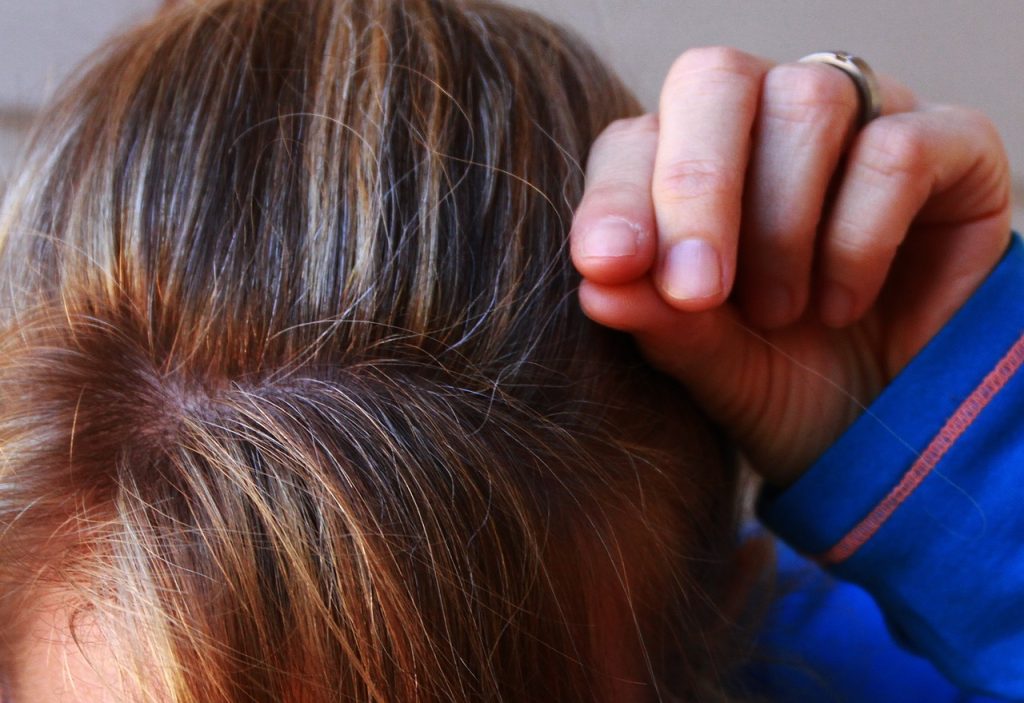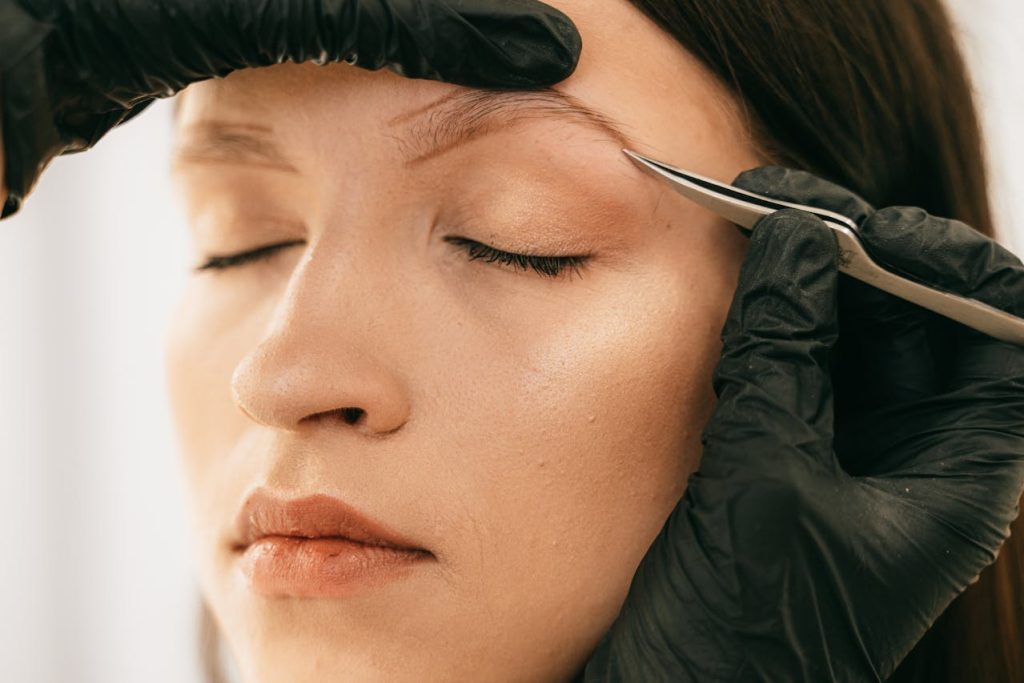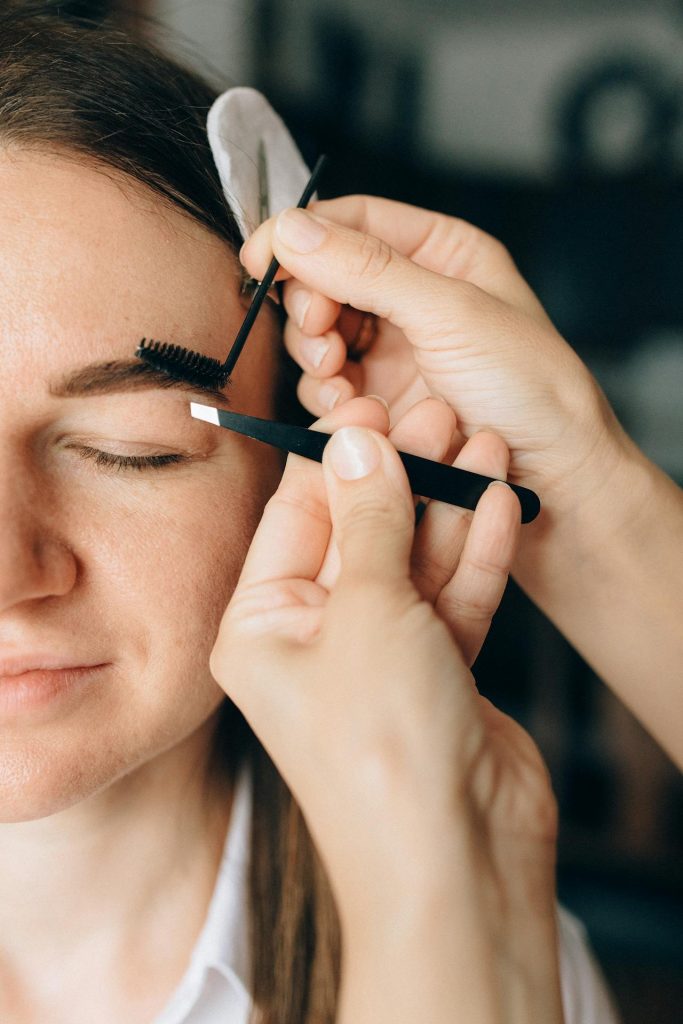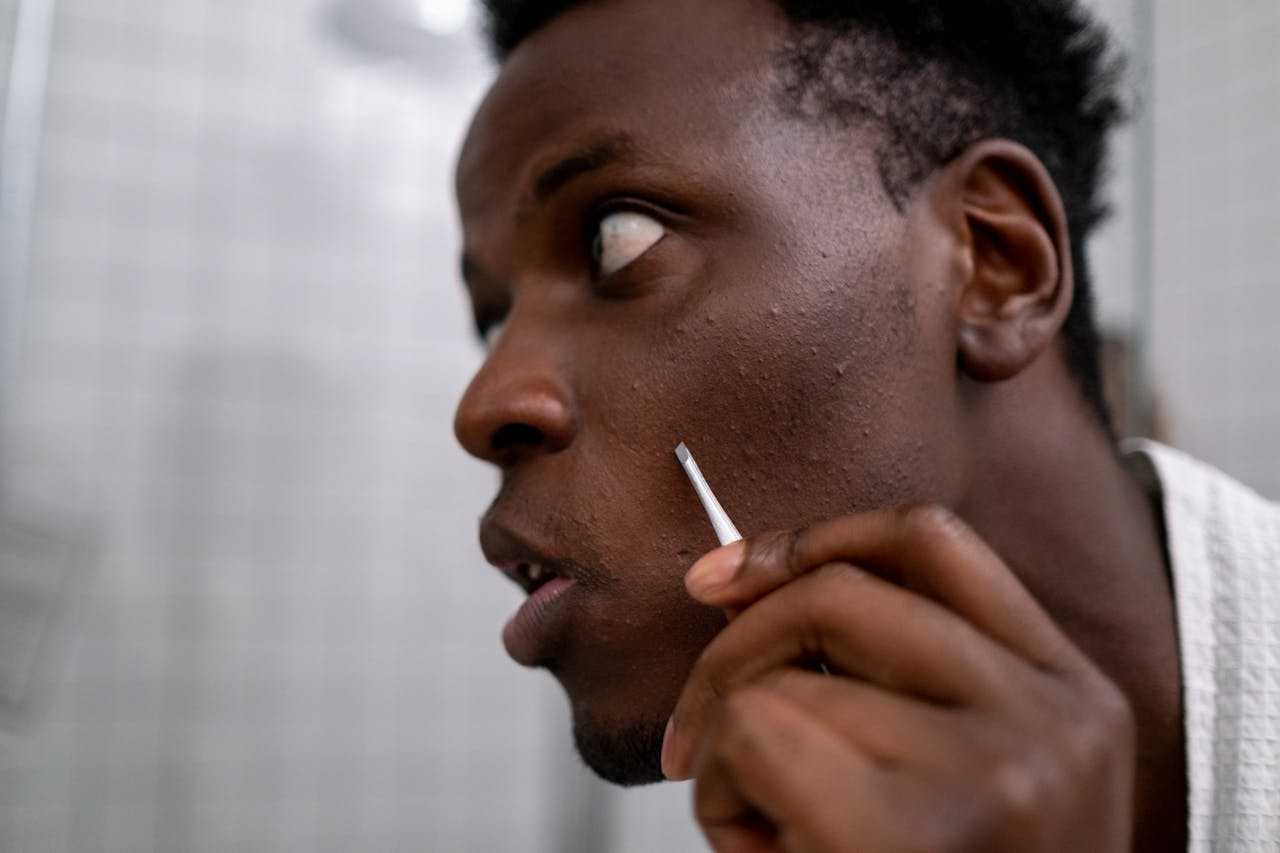Tweezing, the age-old method of hair removal, has its perks and pitfalls. While it’s a convenient and affordable way to tackle stray hairs, it may not always be the safest or most effective option. In this comprehensive guide, we’ll explore the nuances of hair plucking, covering everything from where it’s suitable to tweeze to tips for safe and effective hair removal.

Hair Plucking: A Common Practice
Hair removal is a widespread practice, with millions of Americans resorting to at-home solutions each year. However, beyond the realm of beauty, excessive hair growth can pose emotional challenges for individuals, affecting their self-esteem and body image. Tweezing is a go-to method for many, offering a quick and easy solution to unwanted hair on various parts of the body.
Common Tweezing Areas
The versatility of tweezing allows individuals to target hair in numerous areas, including eyebrows, the upper lip, chin, nose, and even more delicate regions like the underarms and bikini line. However, while tweezing is a popular choice, there are certain areas where caution is warranted.

No-Pluck Zones
Certain areas of the body are best left untouched by tweezers to avoid potential complications. These include inside the nose, on moles, and around ingrown hairs. Tweezing nose hairs, in particular, can increase the risk of infection, while removing hairs from moles may lead to inflammation and scarring.
Sensitive Areas to Approach with Care
Sensitive regions such as the nipples, vaginal area, and underarms require extra caution when tweezing. The delicate skin in these areas is prone to irritation and discomfort, making tweezing a potentially painful experience.
Avoid Tweezing Pimples
While it may be tempting to tweeze hairs from pimples, it’s best to refrain from doing so. Pus pimples around hair follicles can indicate a minor infection, and tweezing may exacerbate the issue, leading to further inflammation and potential scarring.
Tips for Safe Tweezing
Despite the risks associated with tweezing, when done correctly, it can yield effective results. Here are some tips to ensure safe and efficient hair removal:
Don’t Dig Out Partially Tweezed Hairs: If a hair breaks during tweezing, avoid attempting to dig it out, as this can irritate the skin and lead to ingrown hairs.
Use Sterilized Tweezers: Always use clean and sharp tweezers to minimize the risk of infection and ensure a firm grip on the hair.
Pull Hair at an Angle: When tweezing, pull the hair in the direction of its growth to reduce breakage and minimize discomfort.
Keep Tweezing Consistent: Tweezed hairs will eventually grow back, requiring regular maintenance to keep the area hair-free.
Exploring Alternative Hair Removal Methods
While tweezing may be suitable for certain areas, there are alternative hair removal techniques worth considering for larger areas or more permanent results. These include shaving, waxing, laser hair removal, electrolysis, and dermaplaning, each offering unique benefits and considerations.

Hair plucking, while a popular choice for many, requires careful consideration and technique to ensure safe and effective results. By understanding where to tweeze and how to do so properly, individuals can navigate their hair removal routine with confidence and achieve the desired outcome without unnecessary complications. Whether opting for tweezers or exploring alternative methods, prioritizing skin health and safety is key to a successful hair removal experience.





